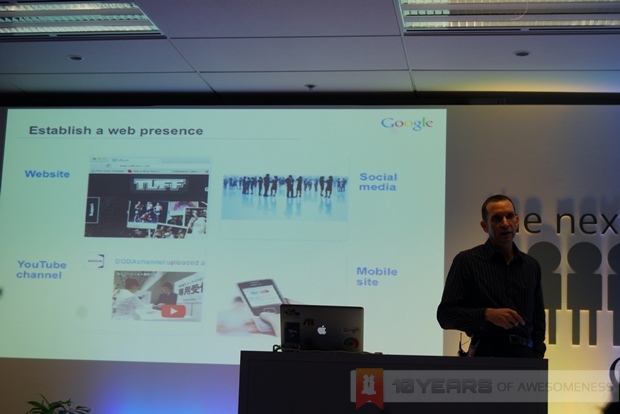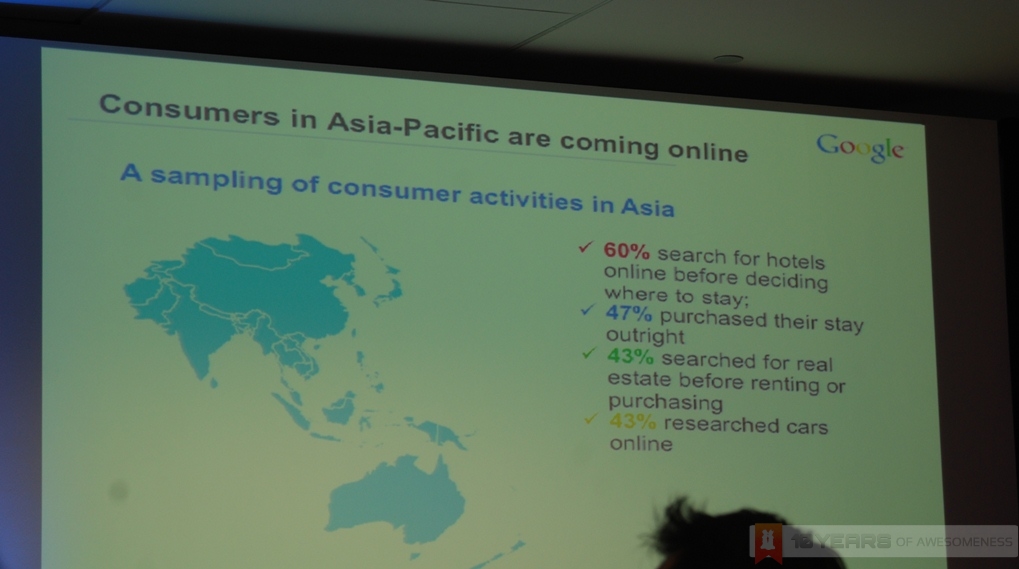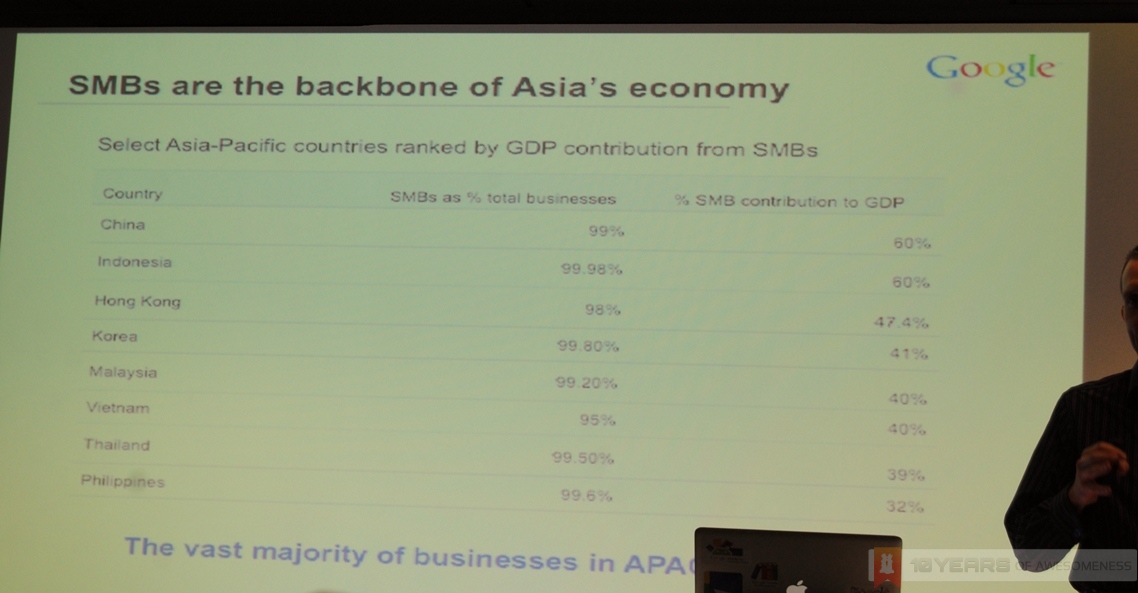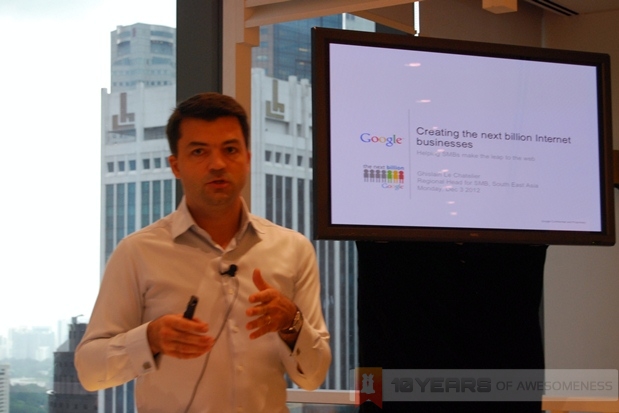One of the main questions Google attempted to answer when taking on the “next billion” initiative was a deeply complex one: what prevents users from using the Internet for the first time? Through long and extensive on-the-ground research, Lalit Katragadda, country head of Google’s India Product, revealed that it was a matter of visuals versus text: the Internet had to be built to be effortlessly intuitive; one that can be used without any guidance or explanation. Google calls this the visual web, where information discovery takes precedence over literacy.
Also, as mentioned earlier, one impediment in bringing users online in emerging markets was the irrelevance of Internet content to local users. In order to bring this next billion online, the Internet had to be personalised to be locally relevant. It also needs to be highly local and constantly updated. However, there is little financial incentive for corporations such as Google to work on such a project. At the same time, Google also realised via its on-the-ground research that it’s not just corporations such as Google wanting to bring the Internet to the next billion; this next billion want to get online. And, if given the chance and proper knowledge, they actually would contribute towards building a local Internet. More importantly, they are also using the Internet as an avenue to grow their local businesses.
Google data reveals that there are around 140 million small and medium businesses (SMBs) in the emerging markets, but only a paltry 2% of these have an online presence. Just as there are issues stunting the growth of the next billion coming online, there are also impediments for SMBs building their presence online. The main issue here, naturally, are the costs involved bringing businesses online. For one thing, Internet penetration in emerging markets is a huge obstacle, and where there are no issues with that, SMBs have to face expensive broadband connections. Finally, Lalit reveals that plenty of SMB owners are still conservative when comprehending the power of the Internet for their businesses.
Taking Charge
To remedy this, the company approached government agencies in emerging markets to further facilitate local businesses and users to easily go online, and eventually building a local Internet community. Called the Get Your Business Online initiative, it resulted in a threefold growth in the number of websites for local businesses in Malaysia, creating 10000 new online business websites in the process. In Thailand, Google introduced Google Trader, an online marketplace for local businesses to sell their products.
Google is not stopping there to help local SMBs, of course. Being a web conglomerate, the company definitely knows a trick or two when it comes to building and expanding businesses online. Ghislain Le Chatelier, Google’s regional SMB head, reveals that one of the more important moves Google is taking is to create awareness and busting myths about SMBs going online.
For instance, Google quashes the myth that high-traffic websites are successful websites. Le Chatelier states that while traffic is always welcome, what matters most is what users do when they visit a website: purchasing items, subscribing to mailing lists or even requesting a service. SMB owners should be focusing on getting customers to spend money, instead of clicking their online ads. In addition, digital marketing such as online ads must be maintained and constantly updated. Finally, in line with the growth of mobile Internet users, every SMB owner must look to have mobile support for their sites.
In addition, Le Chatelier also mentions that digital marketing helps small businesses grow big, and Google offers several tools for SMB owners looking to get online. For instance, there is AdWords Express which is a simpler version of AdWords which eases SMB owners into digital marketing. Google also offers two mobile-friendly products, called Mobile Site Builder and Click to Call for Mobile. Mobile Site Builder is a free online tool for SMB owners to build mobile-optimised sites for their business, while Click to Call for Mobile allows SMB owners to run a mobile ad campaign that enables customers to call them directly from within their mobile ads.
Finally, Google also provides a local help line for business owners, as well as a four-week “success plan” to building and growing their business. There’s also a Premier SMB Partner Program with dedicated support and premier partners to push local businesses further forward.
Putting Businesses on a Global Stage
Finally, Google’s final trick up its sleeve is one of the most important. It firmly believes that geography is no longer relevant to online businesses: anyone anywhere can buy a product sold somewhere else. And Google is aiding this transition for local SMBs by literally putting them on one of the most powerful maps there is: Google Maps. Google lets business owners list their establishments on its maps, even if they don’t have an online presence. Of course, pairing a Maps listing with a digital footprint makes local businesses a lot more accessible for everyone, and not just locally.
Follow us on Instagram, Facebook, Twitter or Telegram for more updates and breaking news.








